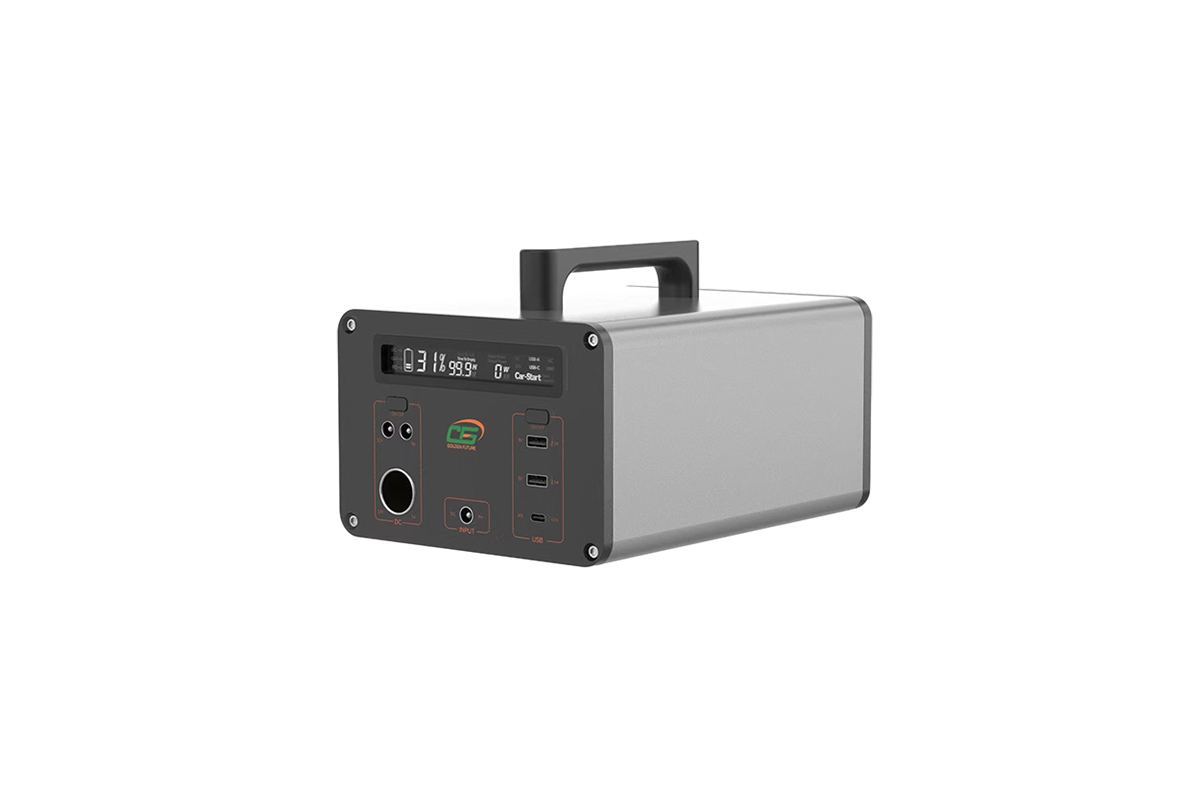

Time:2025-02-17 Views:1

Safety is a crucial aspect when evaluating hydride energy storage batteries. One of the main safety features of Ni - MH batteries lies in their relatively stable chemical reactions during charging and discharging. The materials used in Ni - MH batteries, such as the metal hydride electrode and the nickel hydroxide electrode, have a low risk of thermal runaway compared to some other battery chemistries like lithium - ion batteries with certain cathode materials.
During normal operation, Ni - MH batteries produce relatively little heat. The heat generation is mainly due to the internal resistance of the battery, and the rate of heat production is much lower than that of some high - energy - density batteries. This reduced heat generation significantly lowers the risk of overheating, which is a major cause of battery - related safety hazards. In addition, Ni - MH batteries do not contain highly flammable organic electrolytes like some lithium - ion batteries. Instead, they use an alkaline electrolyte, which is less likely to catch fire or explode in case of battery damage.
However, improper handling can still pose risks to Ni - MH batteries. Overcharging and over - discharging should be avoided. Overcharging can cause the battery to generate excessive gas, leading to swelling and potentially rupture of the battery casing. Over - discharging can also damage the battery's internal structure and reduce its overall performance and safety. To ensure safe operation, proper battery management systems are often employed. These systems can monitor the battery's state of charge, voltage, and temperature, and take appropriate actions such as cutting off the charging or discharging current when abnormal conditions are detected.
Read recommendations: